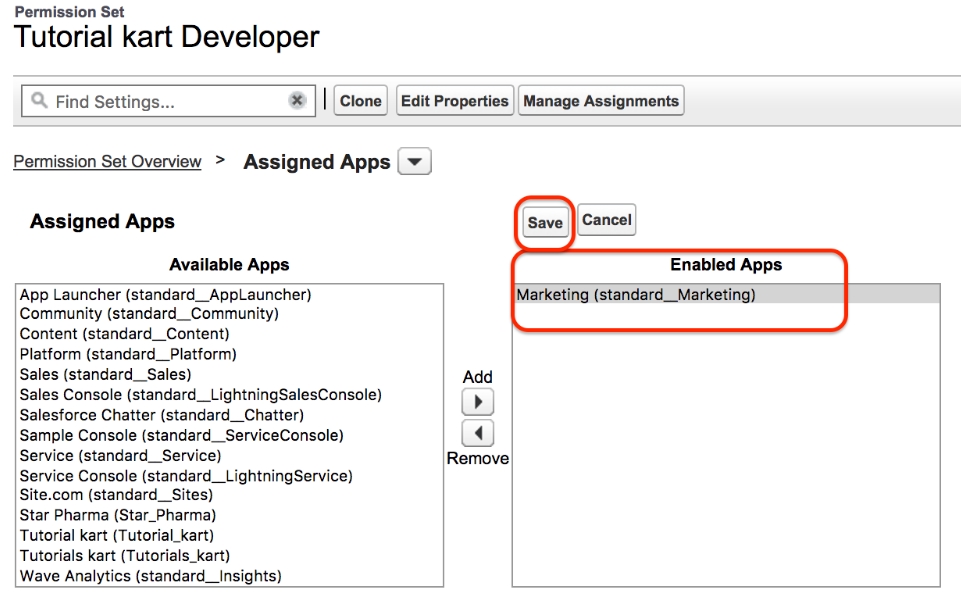Authorized credit card user: Understand if it’s a good option

Anúncios
The concept of an authorized credit card user is gaining popularity as a strategy to facilitate access to credit and improve credit scores indirectly.
However, it’s essential to understand what it means to be an authorized user and the responsibilities and impacts of this practice.
Anúncios
If you want to learn more about how authorized credit card users work and whether it’s a good option, keep reading!
What is an authorized user?
An authorized user is someone who receives permission from the primary cardholder to use their credit line.
Anúncios
In practical terms, the primary cardholder provides access to an additional card linked to their account, allowing the authorized user to make purchases.
However, the authorized user has no legal responsibility to pay the bill; the primary cardholder remains responsible for all accumulated debts.
This practice can benefit individuals who want to build a credit history, such as young adults or students.
Many parents add their children as authorized users to teach them responsible credit use while also helping to improve their credit score over time.
Key responsibilities of an authorized user
Although the authorized user has permission to use the card, they are not legally obligated to pay for the expenses.
This responsibility falls entirely on the primary cardholder. Additionally, the cardholder is responsible for monitoring the authorized user’s spending to ensure it aligns with their financial plan.
Control over the card’s usage is crucial, as any late payment or non-payment directly affects the cardholder’s credit score and can also harm the authorized user’s credit.
Therefore, it’s important for both parties to maintain clear communication to avoid potential issues.

Can anyone become an authorized user?
Not everyone is eligible to become an authorized user, as the requirements vary according to each financial institution’s policies.
In many cases, the primary cardholder must contact the card issuer to check specific requirements, which may include a minimum age or relationship restrictions between the cardholder and the authorized user.
For example, some institutions require the authorized user to be at least 13 years old, while others may not impose an age restriction.
Banks may also request personal information from the authorized user, such as a Social Security number or address, to complete the process.
Verifying the issuer’s rules is essential to ensure the process is carried out correctly.
How to add or become an authorized user
The process of adding an authorized user is relatively straightforward.
Typically, the primary cardholder needs to contact the bank or financial institution and provide the future authorized user’s personal information.
The issuer will then issue a new card in the authorized user’s name, linked to the cardholder’s account.
To become an authorized user, the cardholder must initiate this request with the issuer. It’s important for both parties to set clear rules about the card’s usage to prevent overspending and misunderstandings.
Monitoring monthly statements is also recommended to ensure spending stays within planned limits.
How to remove an authorized user
Removing an authorized user is also simple and can be done at any time. The primary cardholder must contact the financial institution and request the removal.
In some cases, the removal is immediate, while in others, it may take a few days to process.
If there are signs of irresponsible use or disputes between the parties, it’s advisable to remove the authorized user promptly to protect the cardholder’s credit.
It’s important to note that removing the user doesn’t automatically erase the credit history built during the time the card was used, which may continue to affect the user’s credit score for a while.

Can adding an authorized user affect my credit?
Adding an authorized user can impact the cardholder’s credit score both positively and negatively.
On the one hand, if the user uses the card responsibly and all bills are paid on time, this positive history can improve the cardholder’s credit score.
On the other hand, excessive spending or late payments can harm the financial history of both parties.
For the authorized user, being added to the card can be an effective way to build or improve their credit score.
However, if the cardholder doesn’t maintain a good payment history, the effect can be the opposite, damaging both credit scores.
What is the difference between a co-signer and an authorized user?
The main difference between an authorized user and a co-signer lies in the responsibility for debt repayment.
A co-signer assumes joint responsibility for the card’s balance, meaning if the primary cardholder doesn’t pay, the co-signer is legally required to cover the costs.
This is not the case with authorized users, who have no legal responsibility for the debt. Another key difference is that co-signers are more commonly involved in loans and financing agreements, while the concept of an authorized user is specific to credit cards.
Being a co-signer has a more direct and significant impact on credit scores than being an authorized user, as any payment delay affects both parties significantly.
Adding an authorized user to a credit card can be a good strategy to help someone build a credit history, but it requires responsibility and communication between the cardholder and the user.

Understanding the responsibilities and impacts of this practice is essential to avoid financial problems.
It’s important to consider if the financial institution has specific requirements for adding an authorized user and to be prepared to remove the user if their behavior doesn’t align with expectations.
If you are evaluating whether or not to add someone as an authorized user, weigh the pros and cons carefully. This decision can affect both your financial life and the authorized person’s.
Keep exploring our content to learn more about financial management and responsible credit use.
Also, check out our recommended content on the best apps for saving money!





